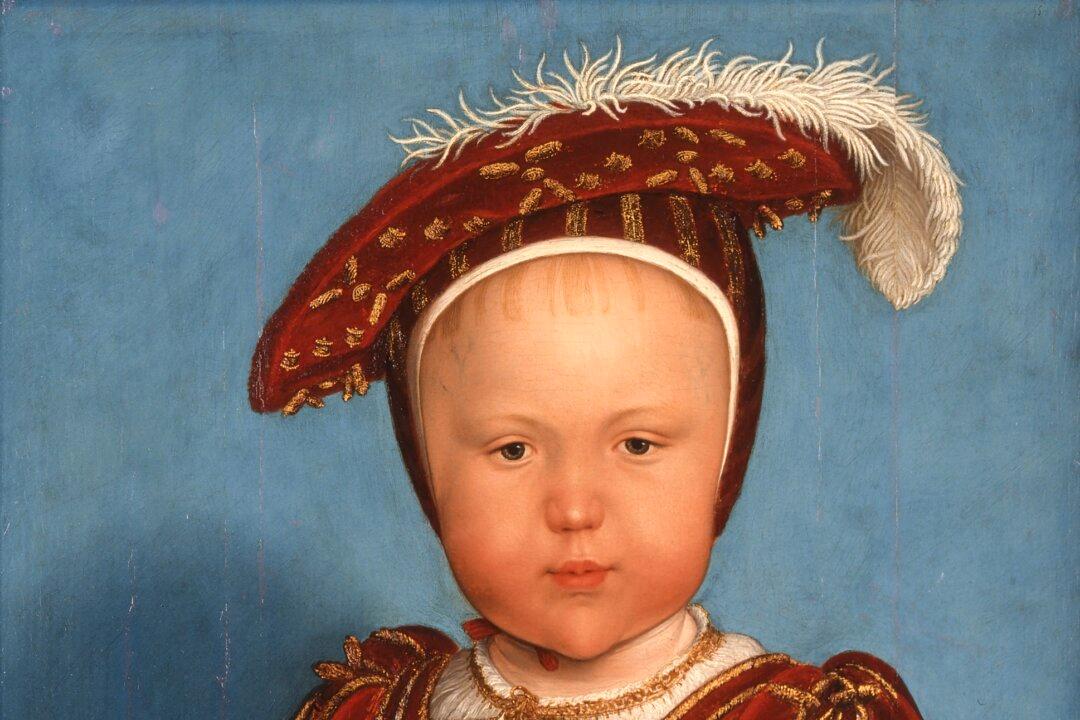This royal throne of kings, this sceptred isle, This earth of majesty, this seat of Mars, This other Eden, demi-paradise, This fortress built by Nature for herself Against infection and the hand of war, This happy breed of men, this little world, This precious stone set in the silver sea, Which serves it in the office of a wall Or as a moat defensive to a house, Against the envy of less happier lands, This blessed plot, this earth, this realm, this England
--from Shakespeare’s “Richard II,” the last line of which is in the wall text of the exhibition “Treasures of British Art: The Berger Collection”
Delightful glimpses of Shakespeare’s glorious idea of England can now be seen in Denver, courtesy of Denver-born art collectors late William M.B. and Bernadette Berger.The Bergers were great advocates of the arts. “We have always believed that art, as well as music, poetry, and literature, refreshes and enriches our lives,” they said, according to the Denver Art Museum website.






